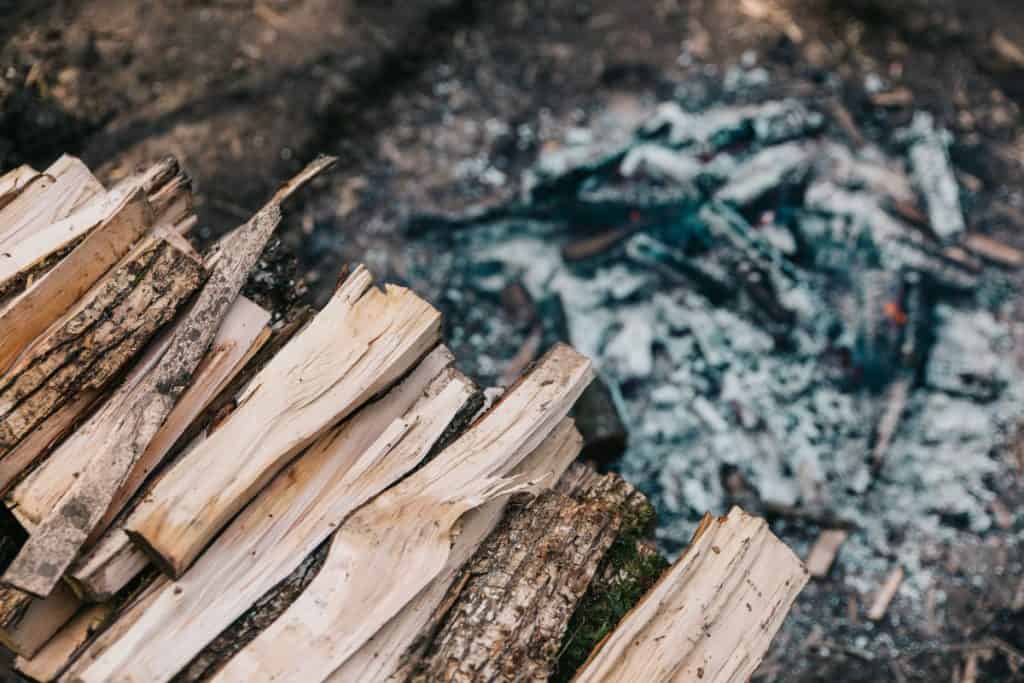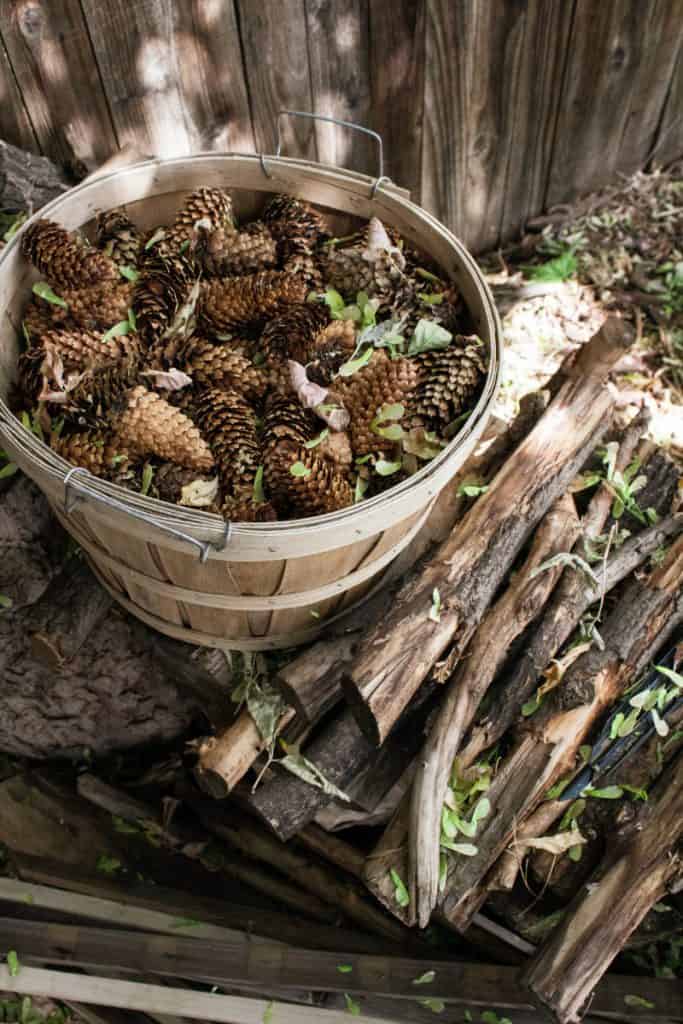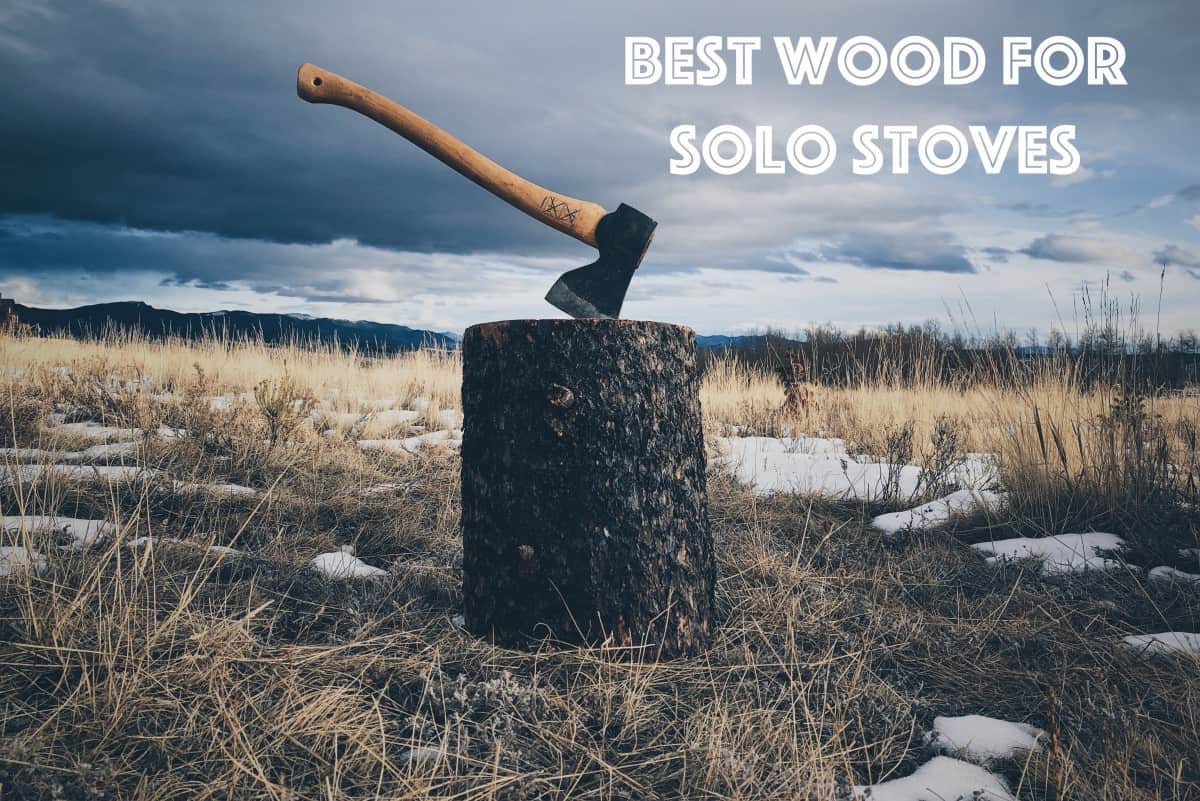Anyone who owns a Solo Stove – or indeed any other kind of outdoor burner – might find themselves asking what sort of woods are the best woods to use in them. After all, what you burn matters, and choosing the right sort of fuel for your fire produces the best results.
If you’re a fire enthusiast, you’ll already be well aware that different kinds of wood burn in very different ways, and choosing your wood carefully can make for a much better experience with a fire. Some woods burn fast and hot, while others will burn slowly and provide heat for a long time. Choosing well can increase your enjoyment of the blaze.
Having the right fuel can also reduce the amount of smoke your fire produces, decrease the build up of sap on the inside of your fire, and create a better blaze. While you can use pretty much any wood in your Solo Stove, choosing the right woods can make all the difference between a quick, easy blaze and a smoky, struggling mess.
Purchase Solo Stove’s Woods
If you can, it’s best to use seasoned hardwoods in your Solo Stove. Solo Stove themselves provide two wood options that you can purchase directly through their site and have shipped anywhere in the US. They offer juniper wood or oak firewood as their top choices for using with their stove products.
You can purchase the oak firewood here and the juniper firewood here, but the site also offers plenty of advice about the kinds of woods you can use most successfully on your Solo Stove. The woods they provide are pre-cut to the perfect size for the Solo Stove, making it wonderfully easy to build up your fire.

The Oak Option
The oak hardwood which Solo Stove provides will burn for a long time, providing you with great value for money, and minimizing the amount of time you need to spend adding wood to the fire, even if you’re out for hours on end.
You also need to store less wood to the ratio of blaze time, which is great if you are lacking in space.
If you’re going to be sitting out around your fire for any period of time, this is a great investment and will make for wonderful evenings gazing at the flickering flames. You won’t run out of fuel while you’re trying to toast your marshmallows, and you also won’t end up with clouds of smoke ruining those little puffy pillows.
The Juniper Option
If you love the scent of juniper, this is the perfect choice for a good blaze. Once again, the logs have been cut to size to make it simple and straightforward to build up your fire and keep it going through the night.
This means you can focus on enjoying your time by the fire, rather than messing around trying to cut wood to size and load it into the Solo Stove. Sit and bask in the delicious scent wafting up from the flames; the juniper wood is beautifully relaxing and perfect for evenings by the fire.
“Both the Solo Stove options are kiln-dried so they will produce minimal smoke and the best possible experience. They are also sustainably sourced, which is extremely important if you’re interested in the environment. The forests are carefully managed to ensure the wood is fully sustainable.“

Use Seasoned Hardwoods
Of course, you may not want to source your wood directly from Solo Stove; you might be able to find a cheaper option, or may have other preferences in terms of your wood. However, it’s still important to think about what fuel you’re putting into your fire.

Solo Stove recommends using hardwoods, such as oak, hickory, and pecan. These tend to be seasoned, meaning that all the moisture has been pulled out of them, so they’ll burn very readily, with minimal smoke production.
You can also use the harder types of softwood, like cedar and juniper – which is why Solo Stove provide Juniper themselves. These types again are usually well-seasoned, so you’re likely to get a good experience from them.
However, Solo Stoves are very efficient burners and suck air in to feed the flames, so you can actually burn any kind of wood on your stove as long as it’s cut into small enough pieces. You may find that some woods burn down very quickly, so it’s best to choose woods that will blaze for some time.

Why Shouldn’t You Use Wet Wood?
Make sure that whatever kind of wood you are using, it’s nicely dried out. You should never use wet wood in your Solo Stove, as it will smoke a lot more and you will struggle to get a flame to take to it.
Since the smoke isn’t very good for you to breathe and one of the major selling points of a Solo Stove is its reduced smoke production, this is a pretty important factor to consider. You don’t want to be breathing in smoke particles when you’re sitting outside and enjoying your fire!
Wet wood will also make your fire pit harder to clean because of the extra smoke production. While many people aren’t too worried about the aesthetics of their stove, it’s worth taking this into consideration when you’re selecting your fuel. Burning wet wood can cause a lot of build-up, which you may struggle to shift.
“Wet wood doesn’t give off very much heat, and is much more likely to prove frustrating to light. It may even simply burn out if it’s very wet. If it’s only damp, it will just hiss and spit, but won’t provide a satisfying blaze.“
The more seasoned the wood is, the better the burning experience will be. It is also much better for the environment to burn well-seasoned wood as it reduces emissions. Wet wood is very inefficient as a fuel source.
Other Fuel Sources
If you’re out and about in nature, you might want to use what you have around you – that’s part of the fun of camping and traveling, after all. It’s very invigorating and satisfying to sit around a blazing hot fire that you’ve lit using only fuel you’ve found and cut with your own hands.
So, what can you use? Well, you can put pretty much any dry kindling in your Solo Stove and successfully light a fire. For example, you might use pine cones, twigs, sticks, or even dry leaves or moss. These make great fire starters, although they won’t burn for long so you’ll still need logs.
The key is to ensure your fuel is all dry. It might be a pain if you’ve collected up damp logs that you want to put on, but remember that wet fuel equals smoke, which isn’t good for you, the planet, or your Solo Stove.
It’s fun to gather up fuel from nature, but try and get the driest stuff you can find, and leave wet fuel near the fire to dry out as much as possible before you use it. Gather hardwoods if you can, but remember to treat nature with respect and don’t take more than you need, or harvest from protected areas.

Other Tips To Get The Best Blaze
Making sure your Solo Stove is clean and dry before you set your fire is important. You can help it stay dry by putting a suitable cover in place when the stove isn’t in use, and keeping it covered at all times. If you aren’t going to be using the Solo Stove for extended periods, store it inside if possible.
You can purchase a cover called Shelter for some of Solo Stove’s products, which is specifically designed to keep them dry and protected in all weathers.
Cleaning your Solo Stove out regularly is also important. Solo Stove recommends that you empty the ash out after every use, either turning it over to clear the ashes or using a suitable vacuum to remove them.
This leaves the stove ready and waiting for your next fire. Remember to wait until the fire is completely cold before you handle it, though; the metal will be extremely hot to the touch for quite some time after use.
Conclusion
The best fuels for Solo Stoves are seasoned hardwoods. Oak will provide you with amazing burn times, giving you more value for your wood space, and juniper will produce a beautiful scent as it burns. You can buy both from Solo Stove themselves.
If that doesn’t appeal, almost any other dry kindling will do, though you will need to cut it into a suitable size for your Solo Stove, and you may find that it produces more smoke or a less satisfying burn than their offerings.
Solo Stoves are designed to work in nature, so you definitely don’t have to buy your fuel from them or even any other supplier; use what you have to hand, make the most of the highly efficient air-drawing design, and sit back to enjoy your campfire.
Alright, that’s it for this article guys, if you found it useful then a share on social media or your website would be cool!
All the best
Steve
ps here’s a few articles related to this one you might find interesting:
Do Solo Stoves Rust? (Ways To Protect Yours)

